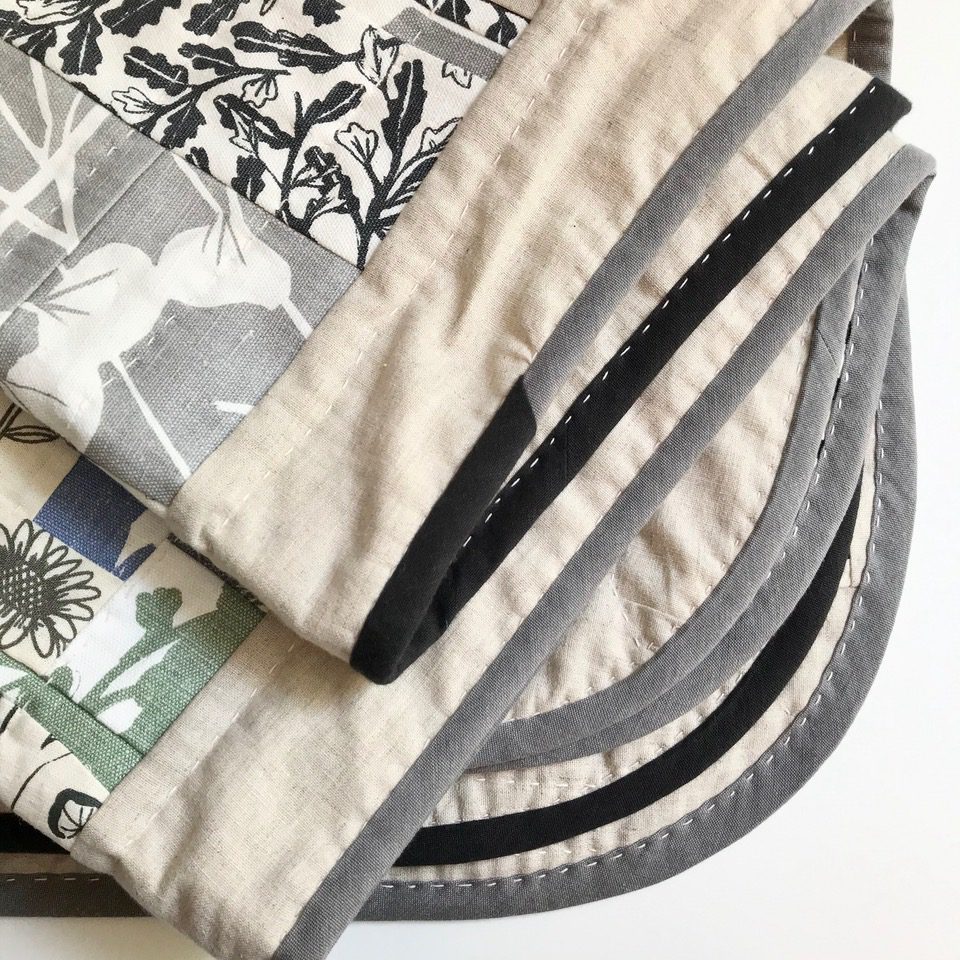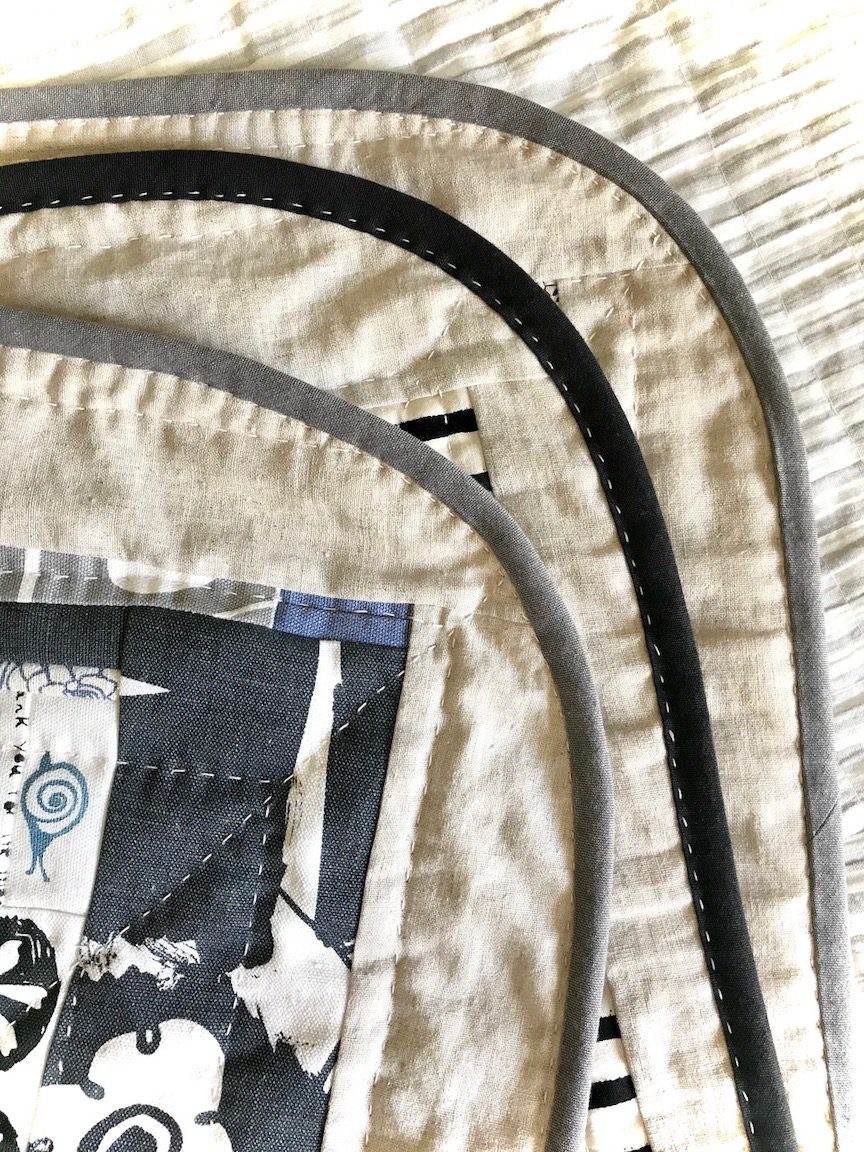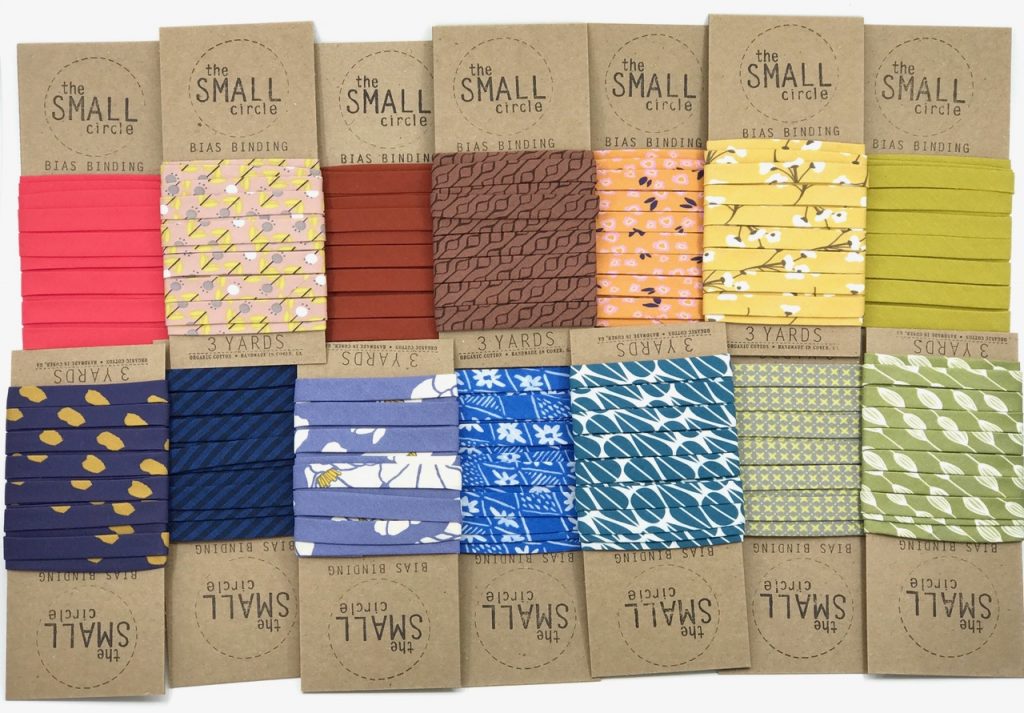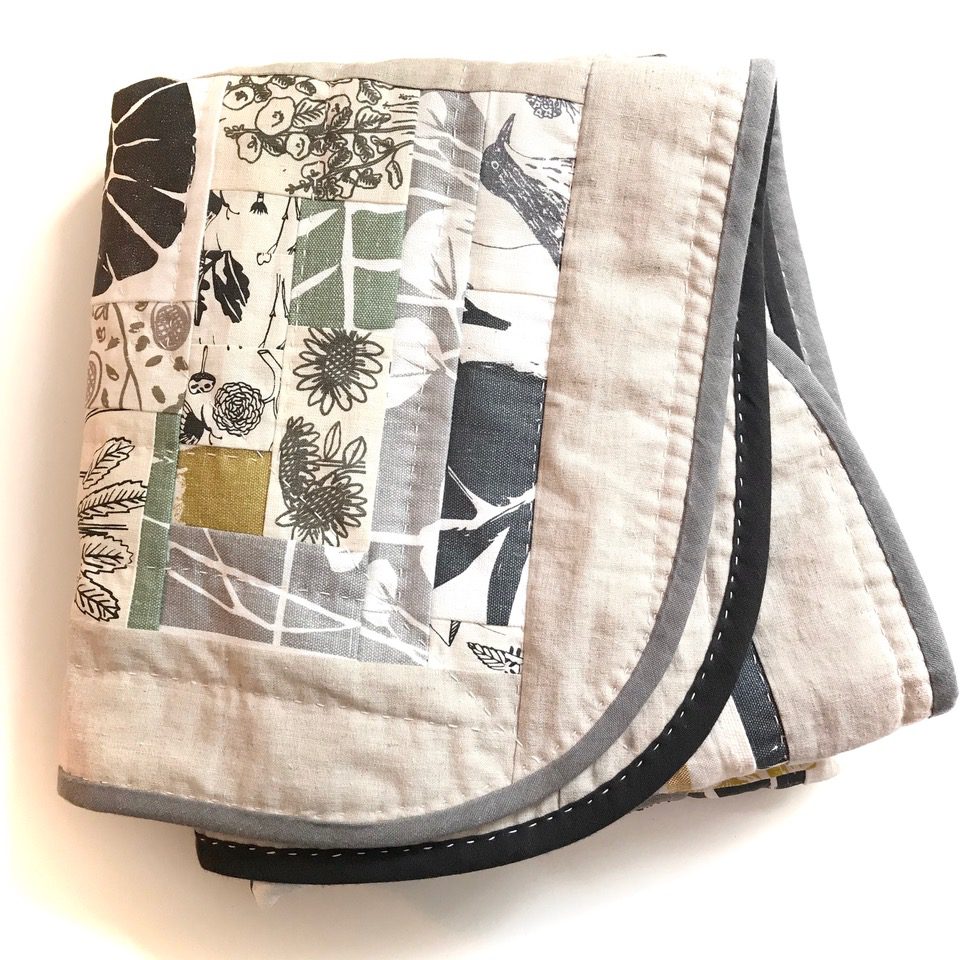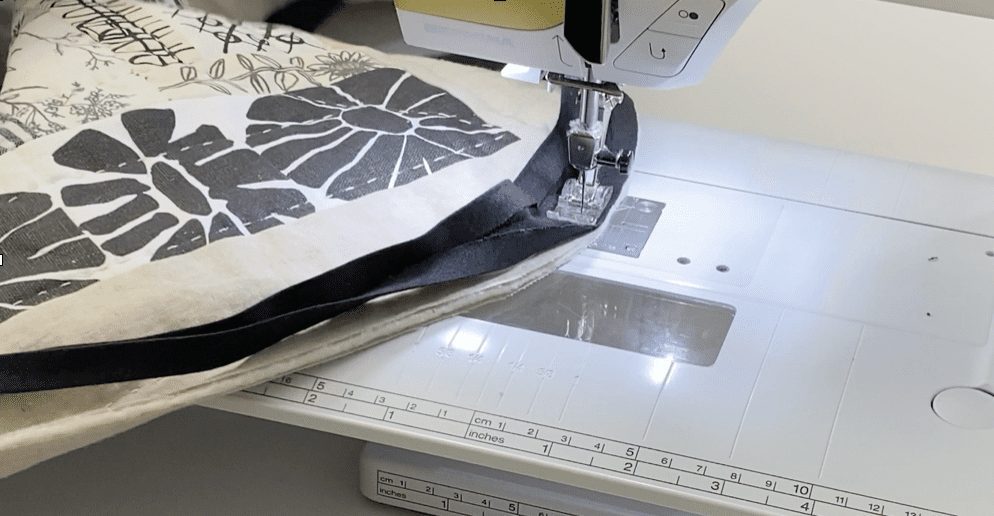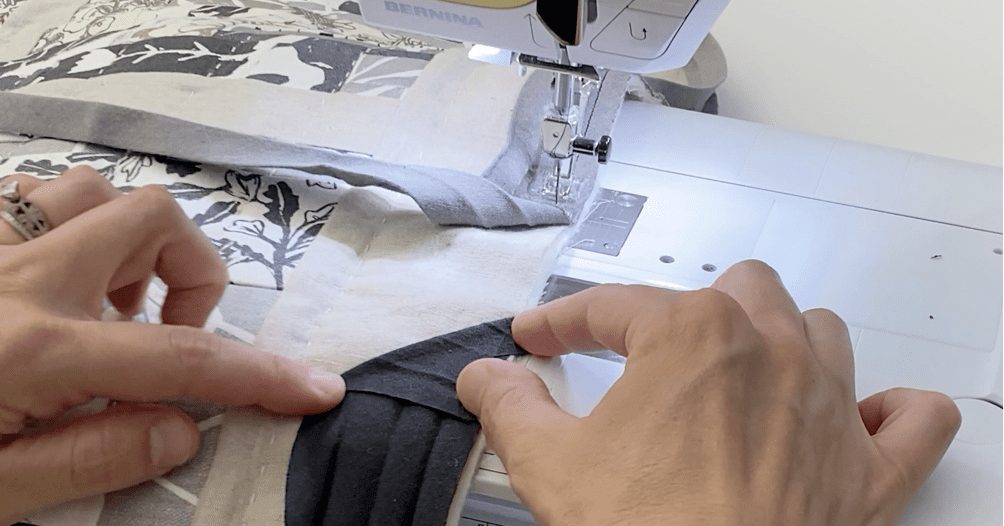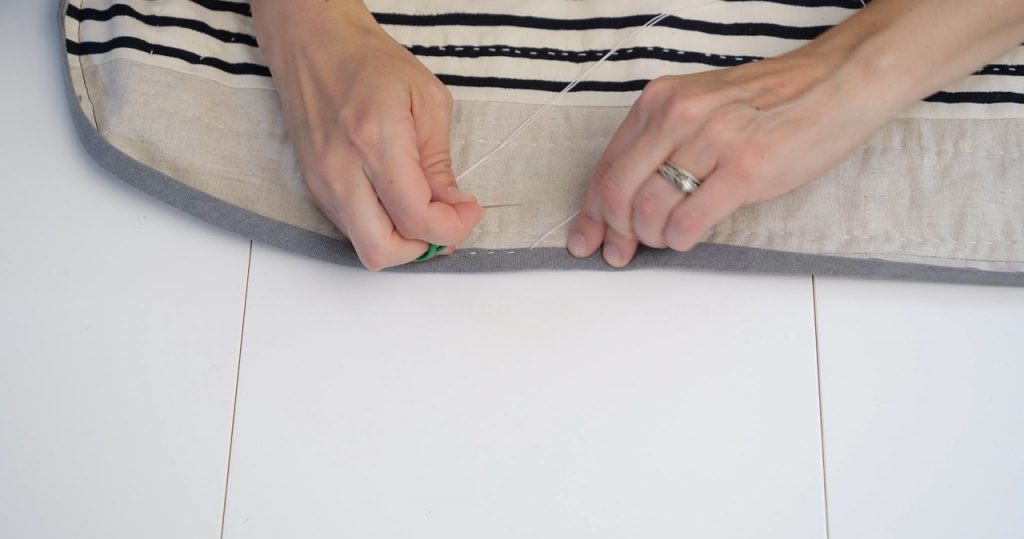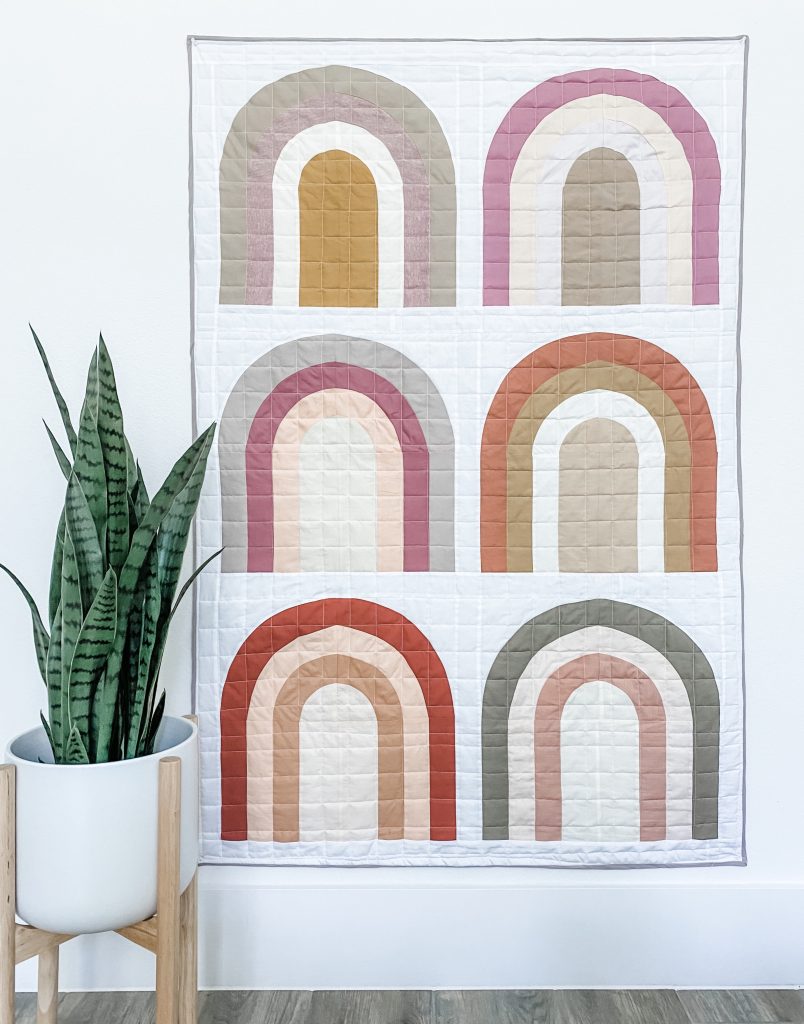How To Use Bias Binding: A Full Tutorial + Video
RECENT BLOG entries

the latest
October 30, 2025
How Thimtec Turned a Simple Idea Into a Successful Quilting Product Business Have you ever dreamed of turning your creative idea into a real product? That’s exactly what Jessica and Aiden, the founders of Thimtec, did when they invented their innovative fabric thimble—a tool designed to make quilting easier, more comfortable, and more enjoyable. In […]
tune in
tune into the
Craft to Career
Podcast
Each week get insights on how to turn your craft into a successful career. With both guest speakers and tips from myself, you get valuable, free education on the Craft to Career podcast!
or SEARCH THESE
Popular categories
Craft to Career
Digital Downloads
Patterns
Podcast
Quilt Alongs
Quilt Questions
Tutorials
